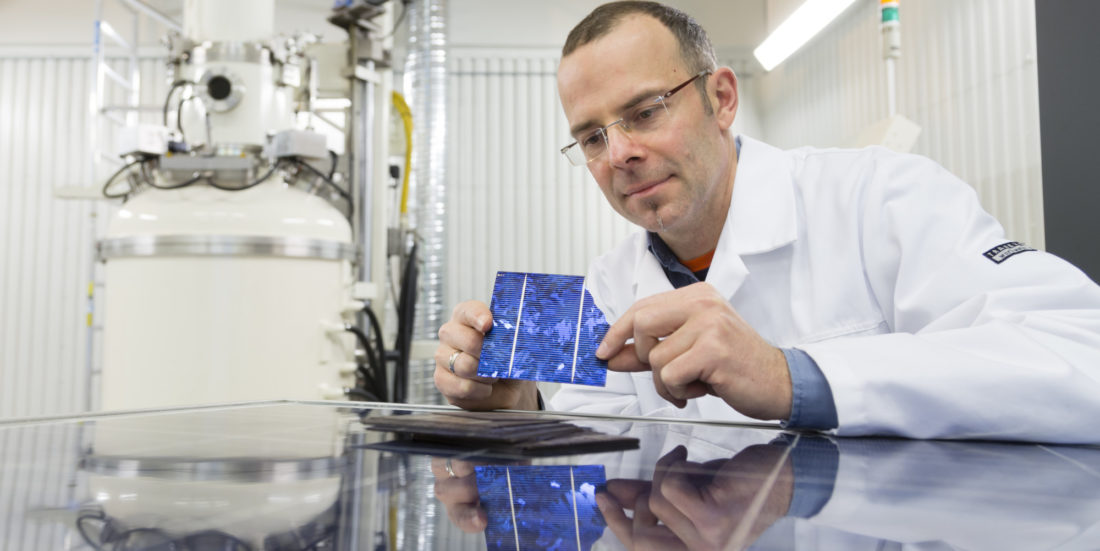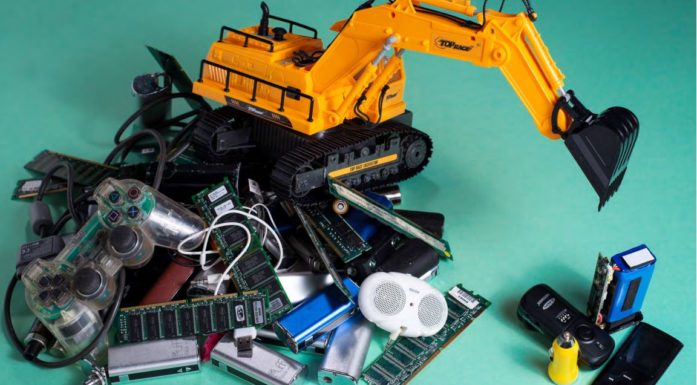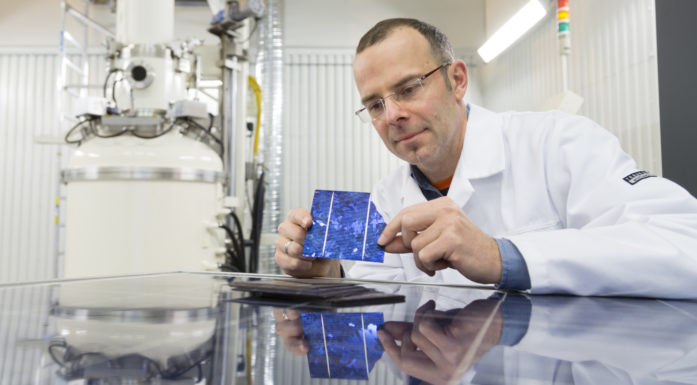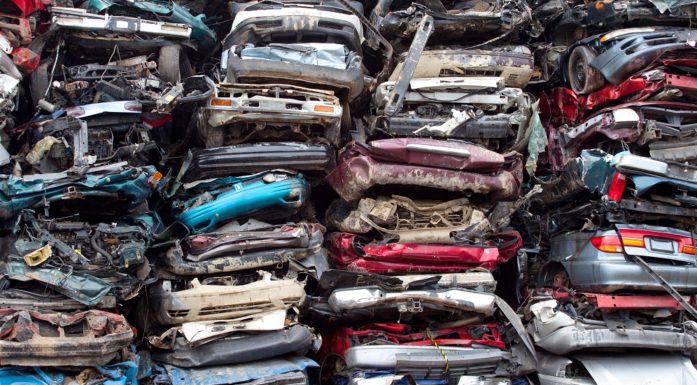Even greener solar power on the way
Europe wants to reduce its needs for raw materials and raise the level of recycling of resources in the solar power industry. If this project is successful, greenhouse gas emissions from solar panel manufacture will fall by 25 to 30 per cent.
“Our aim is that the solar cell industry should utilise materials that would otherwise end up on waste sites once solar cell panels are disposed of. We also want to make it possible to produce solar cell panels using less raw materials than we currently do.
These are the words of SINTEF scientist Martin Bellmann, who coordinates the recently launched European Union project Eco-Solar.
Participants from seven countries
- The Eco-Solar project forms part of Horizon 2020, the European Union’s Framework Programme for Research.
- Eco-Solar is a three-year project with a budget of €5.64 million (NOK 52 million, which is fully financed by the Commission of the European Union.
- Project coordinator:
SINTEF Materials and Chemistry
- Other participants:
Norsun AS (Norway)
UAB Soli Tek R&D (Lithuania)
International Solar Energy Research Center Konstanz (Germany)
Apollon Solar (France)
Garbo Srl (Italy)
Boukje.com Consulting BV (The Netherlands)
bifa Umweltinstitut GmbH (Germany)
Asociacion de Investigacion Metalurgica del Noroeste (Spain)
Steuler Solar Technology AS (Norway)
Ingesea Automation SL (Spain)
The project focuses on how the entire value chain in today’s solar power branch makes use of resources.
Cheaper and greener panels
Reusing materials and reducing the consumption of raw materials will make solar cell panels both cheaper and greener. When less new materials are needed, the emissions of greenhouse gases from their production will decrease.
Likewise, the energy consumed by these processes will be paid off faster than it is today.
All this should improve market penetration for European producers.
“The overarching aim is to strengthen European companies who are driven by innovation and who are able to secure Europe’s power supply in a sustainable way” says Bellmann.
Smaller footprint
The aim is to reduce the consumption of raw materials by which the carbon footprint will shrink by 30 per cent for panels using the more common type of solar cells, which are known as multicrystalline cells.
For panels made of the most efficient – monocrystalline – cells, the corresponding reduction is 25 per cent.
These objectives are to be reached via a wide range of technological measures (see Fact-box below).
Solar-cell “doctor” on the way
A further aim of the project is to develop a solar-cell “doctor”: a fully automated system capable of identifying defects in finished cells and repairing those that are capable of being rescued. This is intended to ensure the best possible performance of panels once they have been installed on the premises of clients.
The project started in October 2015, and will continue for three years.
“We hope that the results of our work will be on the market within year two of the completion of the project,” says its coordinator, Martin Bellmann.
This is how the utilisation of resources will be made more efficient in the solar power industry
The aims of the European Union’s Eco-Solar project include:
- Recycling resources used in solar-panel production that are currently treated as waste, such as:- argon gas, used in furnaces in silicon wafer production- crucibles, used to smelt silicon- silicon dust, created when wafers used in solar cells are sawn up- pure water from solar cell production.
- Reducing consumption of resources, by:- modifying cell design so that the use of silver in contacts can be reduced- developing frameless panels that do not require aluminium- developing modules whose rear surface is also enclosed in glass, so that these do not need to be encapsulated in organic materials such as EVA (ethylene vinyl acetate) or PVF (polyvinyl fluoride).
- Simplifying recycling: The current generation of solar-cell panels is difficult to recycle. The project will develop modules that lack current forms of encapsulation (see previous point). This is partly to allow panels to be dismantled easily without damaging their individual components, thus enabling glass, solar cells, electrical contacts, etc. to be reused or recycled.
- Improve power production from solar panel installations, by incorporating a sensor that will give a warning signal when a panel is damaged, so that it can be replaced promptly.




